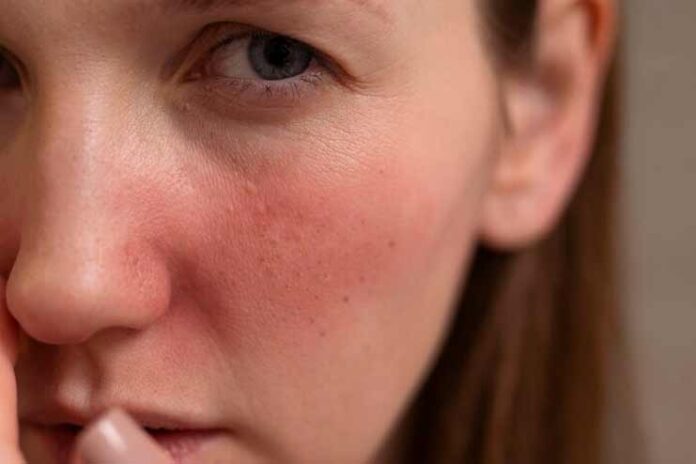Affiliate Disclaimer
Some links in this article are affiliate links. We may earn a small commission if you make a purchase through these links, at no extra cost to you. We only recommend products we find useful to our readersHave you just spent some time in the sun, only to find your face redder than a ripe tomato? Facial redness can be a frustrating and embarrassing issue, especially when the rest of your skin appears normal while your face stands out with a bright, flushed look.
There are many potential causes for facial redness, also known as skin flushing. While sun exposure and skin sensitivity are common factors, there are also medical conditions that can contribute to this issue.
To learn more, we spoke with Dr. Mohiba Tareen, a nationally acclaimed, board-certified dermatologist and Adjunct Clinical Assistant Professor of Dermatology at both the University of Minnesota and Columbia University. When asked who might be more susceptible to facial redness, Dr. Tareen explained, “Individuals of all skin types may experience facial redness. However, those with sensitive skin, allergies, or autoimmune diseases (such as lupus) may be especially prone to it.”
What Causes Redness on the Face?
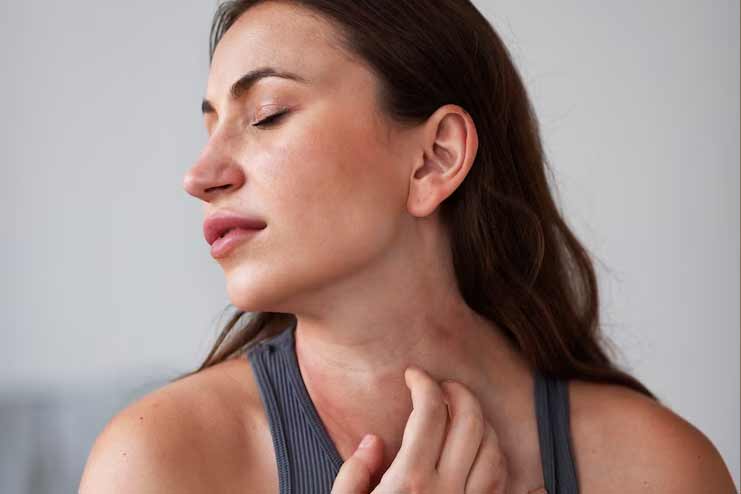
Now, this is where things get interesting. While a light pink flush on the cheeks is normal when you’re blushing, there are many other reasons why facial redness or skin flushing can occur from sun exposure to various medical conditions.
Some common causes of facial redness include:
- Prolonged sun exposure
- Blushing or intense emotions, such as anger or embarrassment
- Menopause
- Rosacea
- Intense physical activity
- Alcohol consumption
- Eating spicy foods
- Sudden temperature changes
- Certain medications
- Skin sensitivity
- Allergies
We reached out to dermatologist Dr. Joshua Zeichner, MD, via email to address a common question about facial redness: Is it always a sign of rosacea? Dr. Zeichner provided a detailed response, explaining, “Facial redness is indeed a defining characteristic of rosacea. If patients do not show some degree of redness, they likely do not have rosacea. Rosacea patients often experience intermittent facial flushing that lasts for extended periods and is out of proportion to the trigger. This flushing is typically accompanied by a burning or stinging sensation.
Over time, these intermittent flushes can lead to a fixed background redness. Some patients may also develop red bumps and pustules along with the redness. When treating rosacea, our goal is to improve skin barrier function and reduce inflammation. We also focus on managing redness through topical medications like Mirvaso and Rhofade, and physical treatments such as laser therapy.”
How to Get Treat Redness on Face?
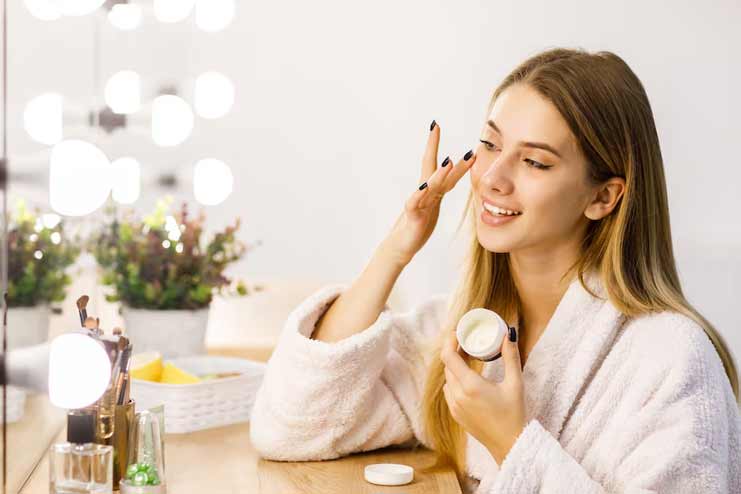
To reduce facial redness, it’s essential to identify the underlying cause. Once you understand the source, you can better implement effective preventive measures.
Here are some common tips to help reduce redness on the face:
- Refine your skincare routine: If your redness is due to a reaction to skincare products, identify the culprit by isolating each product and removing it from your regimen. Always do a patch test before trying new products.
- Use sun protection: Protect your skin by applying sunscreen daily or using a hat or scarf when exposed to sunlight.
- Stay hydrated: Keep your body hydrated by drinking water or energy-boosting juices to maintain skin health.
- Consult for rosacea: If rosacea is the cause, consult a dermatologist for treatment. Follow the prescribed routine to help manage redness.
- Treat acne effectively: Acne can contribute to redness. Keep your face clean, exfoliate regularly, and maintain unclogged pores to help prevent acne flare-ups.
We also contacted Dr Paul M. Friedman (MD), a Houston-based dermatologist, for advice on medications for facial redness.
He recommended, “For reducing redness from rosacea, I suggest a series of pulsed-dye laser treatments to target facial blood vessels, along with daily use of Rhofade (oxymetazoline HCL 1%) cream, which temporarily constricts blood vessels for up to 12 hours. While Rhofade provides temporary relief, studies show that daily use can gradually reduce redness. Additionally, I recommend a sunscreen with SPF 40 or higher for rosacea patients, as sun exposure can often trigger flare-ups.”
Home Remedies for Redness on Face
- Coconut Oil
- Aloe Vera
- Aspirin
- Vitamin E
- Baking Soda
- Green Tea
- Honey
- Concealer
- Petroleum Jelly
- Cucumber
- Oatmeal Facial Mask
- Cold Compress
1. Coconut Oil
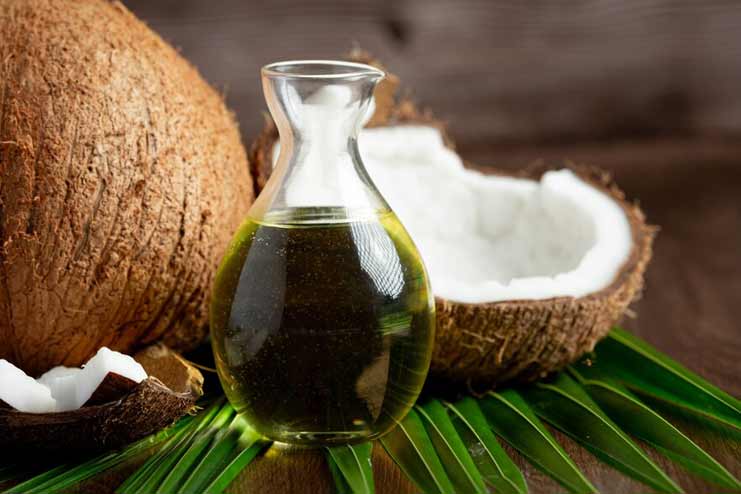
Coconut oil is an excellent remedy for reducing facial redness. Packed with beneficial nutrients, it hydrates and rejuvenates the skin, helping to lessen the appearance of redness.
Rich in vitamin E, coconut oil can be especially effective for managing symptoms of rosacea, with redness being one of the primary concerns. Its antioxidant properties also help heal skin damage.
How to Use?
- Pour a small amount of coconut oil into your palm and warm it between your hands.
- Gently massage the oil into your face, allowing it to soak into the skin.
- Leave it on to fully absorb.
- Repeat this process once or twice daily for noticeable results.
2. Aloe Vera
Aloe Vera is well-known for its healing and soothing properties, which can help reduce facial redness. Its antioxidant and anti-inflammatory qualities gradually alleviate signs of redness and irritation.
How to Use?
- Cut a fresh aloe vera leaf.
- Scoop out the gel and apply it to the affected areas on your face.
- Leave it on for 15–20 minutes.
- Rinse off with water.
- Repeat this process two to three times daily for best results.
Tip: If the redness is from sun exposure, try freezing the aloe vera gel and applying it directly to your face for a cooling, soothing effect.
3. Aspirin
Aspirin contains salicylic acid, which is effective in treating acne and pimples. It also has anti-inflammatory properties that help reduce facial redness caused by acne and scarring.
How to Use?
- Crush a few aspirin tablets using a mortar and pestle.
- Add a small amount of water to create a thick, smooth paste.
- Apply the paste to areas with acne, pimples, and redness on your face.
- Use this remedy a few times a week as needed.
Note: If you experience itching or irritation, discontinue use and try a gentler alternative.
4. Vitamin E
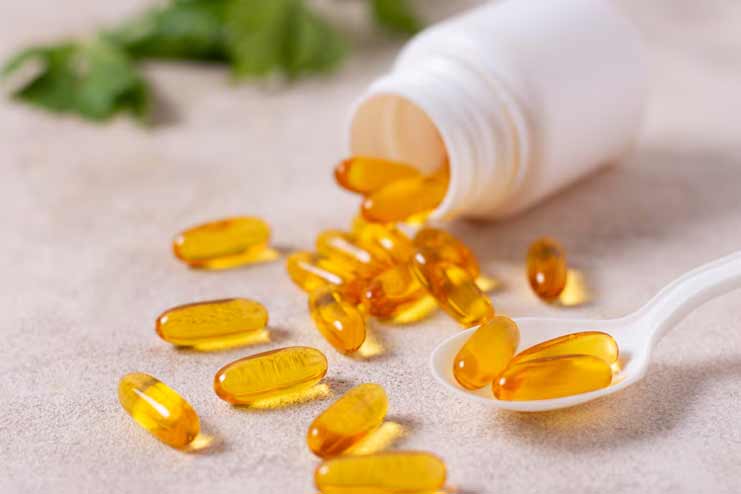
Vitamin E is a powerful antioxidant with anti-inflammatory properties that help reduce facial redness. Its antioxidant properties combat oxidative stress caused by free radicals, which can be a major factor in facial redness.
How to Use?
- Cut open a Vitamin E capsule and squeeze the gel onto your palm.
- Apply the gel evenly over your face.
- Leave it on until it fully absorbs into your skin.
- Rinse off with cold water and gently pat dry.
For best results, try this simple remedy everyday to help reduce redness and nourish the skin.
5. Baking Soda
Baking soda is known for its anti-inflammatory properties, which can help manage acne and reduce facial redness without harsh side effects. Additionally, it absorbs excess oil, unclogs pores, and promotes clearer, firmer skin. Its alkaline nature makes it gentle on the skin, helping to calm redness effectively.
How to Use?
- Place 2 tablespoons of baking soda in a bowl.
- Add 2 tablespoons of honey to create a smooth paste.
- Apply the mixture to your face, focusing on areas with redness, and leave it on until it dries.
- Rinse off with water and gently pat dry with a towel.
- If your skin feels dry afterward, apply a light moisturizer.
This remedy can be used once or twice a week to help soothe and clarify your skin.
6. Green Tea
Green tea is rich in catechins, which have antimicrobial, anti-inflammatory, and antioxidant properties. These make it effective for managing acne and reducing facial redness while also supporting hormonal balance and overall well-being.
How to Use?
- For Overall Health: Drink two to three cups of green tea daily to improve skin health and balance hormones.
- For Facial Redness: Steep a green tea bag in hot water for 5–10 minutes, then refrigerate it for 30 minutes. Rub the chilled tea bag gently over areas with redness on your face.
The cooling effect helps soothe the skin, while the green tea’s beneficial properties work to reduce redness and inflammation.
7. Honey
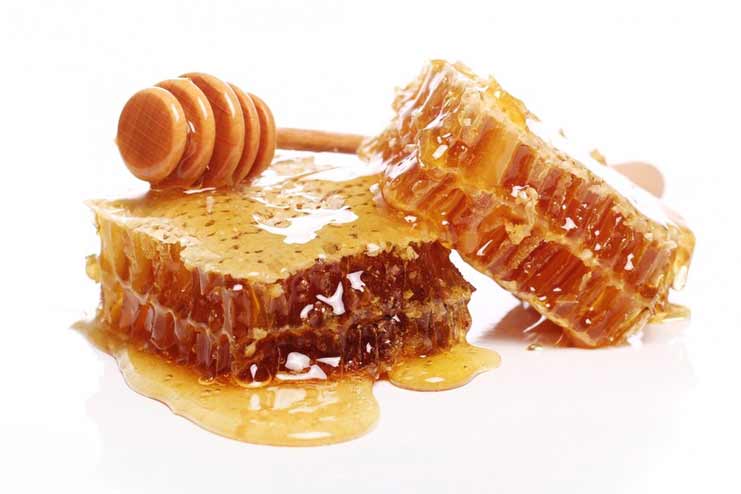
Honey is not only prized for its sweetness but also for its potent medicinal properties. With strong antimicrobial and moisturizing effects, honey can help treat facial redness by addressing underlying causes like dryness or bacterial growth, which may contribute to acne and irritation.
How to Use?
- Pour a small amount of honey into a bowl.
- Using your fingers or a brush, apply a thin layer of honey over your face, focusing on areas with redness.
- Leave it on as a mask until it dries completely.
- Rinse with water and gently pat dry with a towel.
For best results, repeat this process once daily to help soothe and heal the skin.
8. Concealer
Treating redness on the face can take time, and immediate results aren’t always possible. In such cases, makeup can be a quick and effective solution to cover up redness while you address the underlying issues with natural remedies.
How to Use?
- Start with a green color corrector, which effectively neutralizes redness. Apply it lightly to the areas that need it.
- After the corrector, use a concealer that matches your skin tone for extra coverage.
- Ensure the shade complements your complexion to avoid looking too pale or overly tanned.
Color correcting helps create a more even skin tone, making your makeup appear more natural and “skin-like.” With these techniques, you can easily conceal facial redness while working on longer-term remedies.
9. Petroleum Jelly
If you think petroleum jelly clogs pores and causes acne, you might be surprised to learn otherwise. In fact, petroleum jelly is known to moisturize the skin rather than clogging pores, which is essential for reducing facial redness.
How to Use?
- Take a small amount of petroleum jelly and apply it to your face.
- Gently massage it into your skin until fully absorbed.
- If it feels too sticky, you can wash it off or leave it on overnight.
Repeat this every night until the redness decreases.
Side Note:
Be sure to wash your face every morning to remove any remaining petroleum jelly before heading out. The oily residue can attract dirt and germs, potentially leading to acne—something you definitely want to avoid.
10. Cucumber
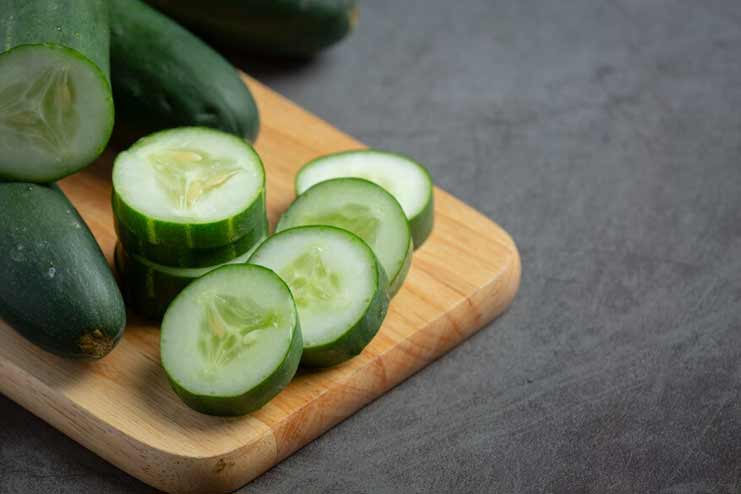
Cucumber is a popular skincare ingredient known for its remarkable healing and soothing properties. Its high water content makes it an excellent remedy for calming redness, whether it’s a result of acne or direct sun exposure.
How to Use?
- Slice a fresh cucumber. For added relief, refrigerate the slices for a cooling effect.
- Place the chilled cucumber slices directly on the areas of redness on your face.
Repeat this regularly to help reduce facial redness and promote healthier, calmer skin.
[Also Read: Cucumber for Acne]
11. Oatmeal Facial Mask
Oatmeal is a powerful remedy for reducing redness on the face. Its anti-inflammatory properties help heal skin issues and alleviate symptoms associated with acne and rosacea.
For Acne Redness:
How to Use?
- Mix the oatmeal with honey and a bit of rose water or regular water to form a thick paste.
- Apply the mixture to your face and gently massage to exfoliate.
- This process will help draw out oils and dirt from clogged pores.
Repeat three to four times a week for best results.
For Rosacea:
How to Use?
- Cook the oatmeal in water, then cool it down.
- Mix in a bit of honey to create a smooth paste.
- Apply the cold paste to your face and let it dry.
- Wash it off with water and gently pat dry with a towel.
Repeat two to three times a week to help soothe rosacea symptoms.
12. Cold Compress
A cold compress is an effective remedy for facial redness, particularly for redness caused by sunburns. The cooling sensation it provides can help alleviate the burning feeling under the skin and improve blood circulation, which aids in reducing redness.
How to Use?
- Use a reusable cold compress and place it in the freezer.
- Apply the cold compress to your face and hold it in place until the burning sensation or irritation subsides.
Repeat this process two to three times throughout the day for optimal relief.
Lifestyle Tips to Prevent Facial Redness
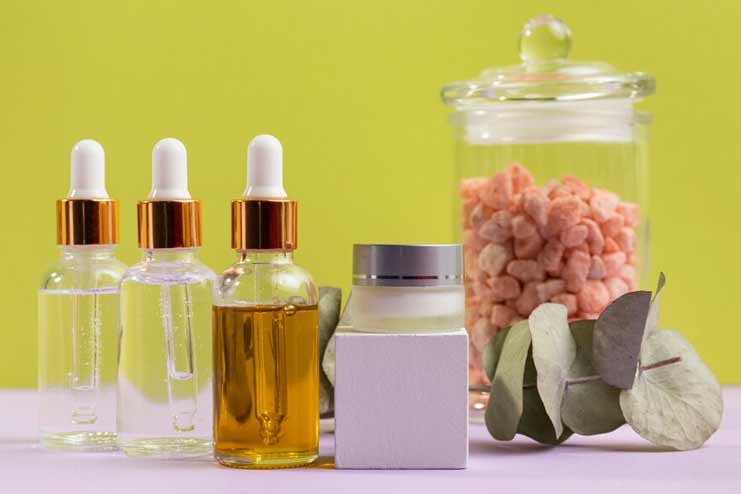
As the saying goes, prevention is better than cure. Why let the problem arise when you can take steps to prevent it in the first place?
After discussing the various causes of facial redness, let’s focus on effective prevention methods to keep this issue in check.
Tips to Prevent Facial Redness:
- Choose Gentle Cleansers: Avoid harsh soaps laden with chemicals that can irritate the skin, leading to redness.
- Monitor Water Temperature: Be mindful of the water temperature when bathing. Hot water can cause skin irritation and inflammation, while warm water can open pores, increasing the risk of acne if dirt and oil accumulate.
- Protect Against Sunburn: Use sunscreen. For sensitive skin, choose chemical-free options that are gentle and less likely to cause irritation.
- Watch Your Diet: Limit foods that can increase blood flow and cause redness, such as alcohol, spicy foods, and caffeine.
- Avoid Smoking: Smoking can constrict blood flow, contributing to facial redness. Quitting can improve overall skin health.
- Practice Relaxation Techniques: Stress and emotional turmoil can trigger redness. Engage in relaxation techniques like deep breathing to help calm your skin and emotions.
Facial redness is a common phenomenon with various underlying causes, both physical and emotional. We hope these remedies and tips help you effectively reduce facial redness and maintain healthier skin.
Conclusion
Facial redness can be a frustrating condition, but there are so many natural remedies and lifestyle changes that can help alleviate this condition. From the soothing properties of aloe vera and coconut oil to the cooling effects of a cold compress, these remedies offer accessible options for reducing redness. It can also help you achieve healthy skin and reduce flare-ups if you prevent flare-ups by using gentle cleansers and protecting your skin from direct sun exposure.
Overcoming redness requires knowledge of the underlying cause and the simple remedies you can try. Consult a good dermatologist if redness persists for longer or worsens.
-
Sep 2018Written by Somapika D
-
Nov 2024Edited by Lakshmi Gayatri
In this Article














